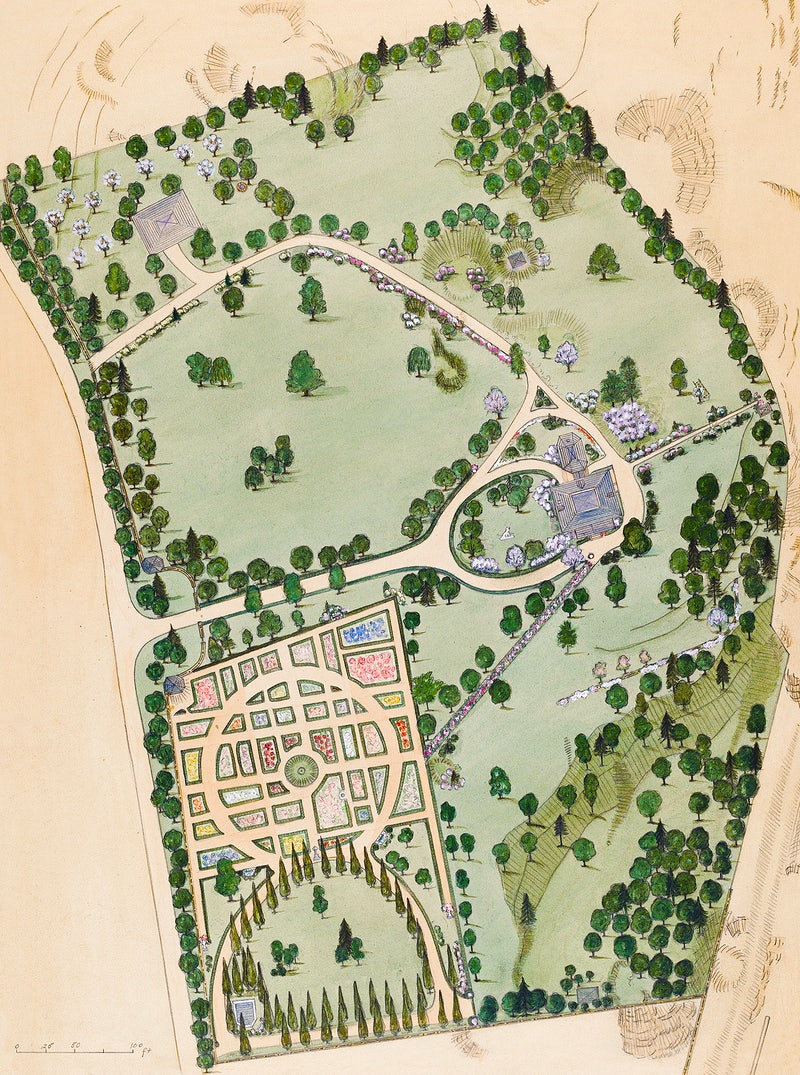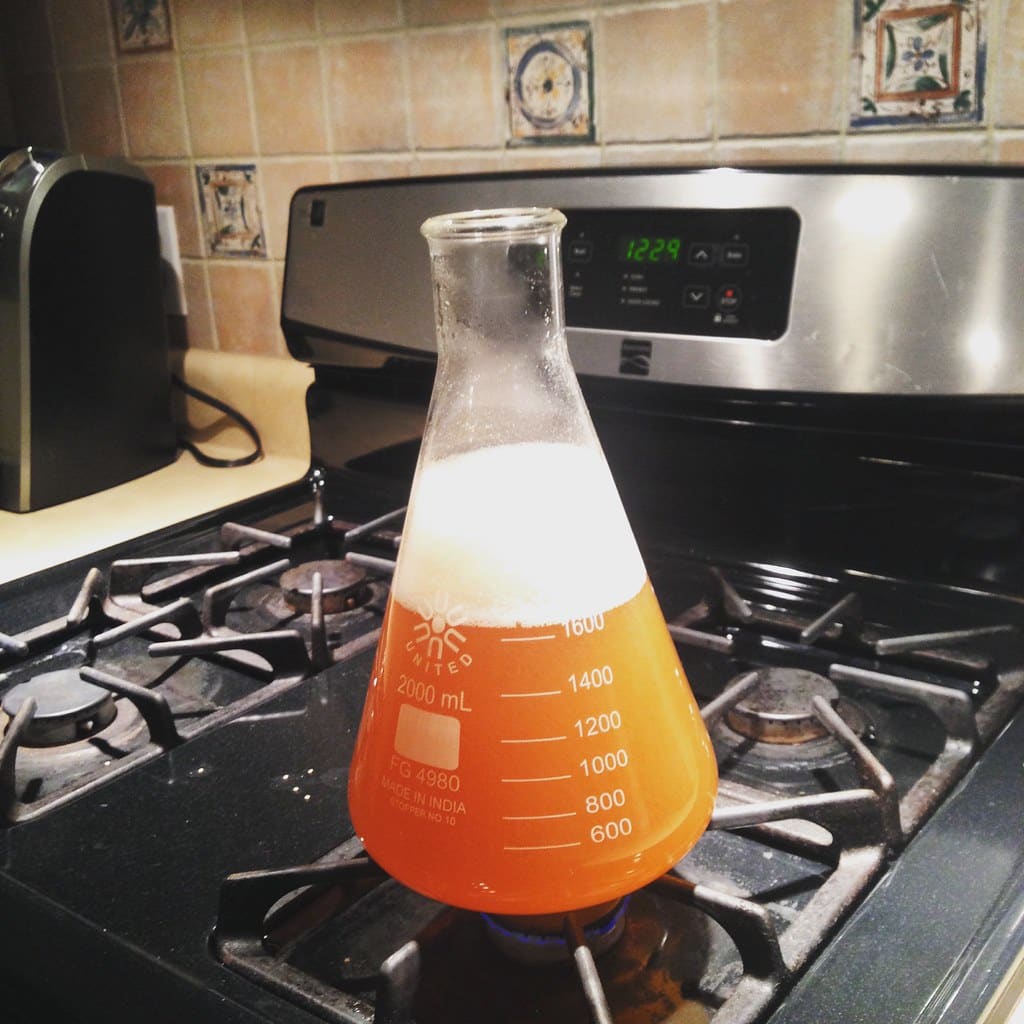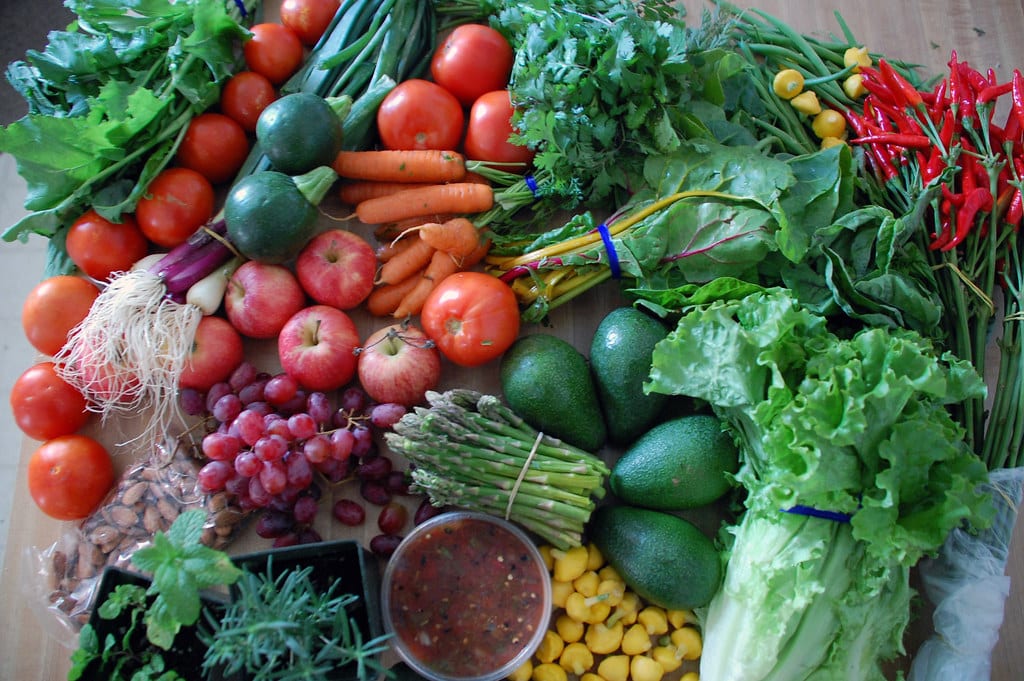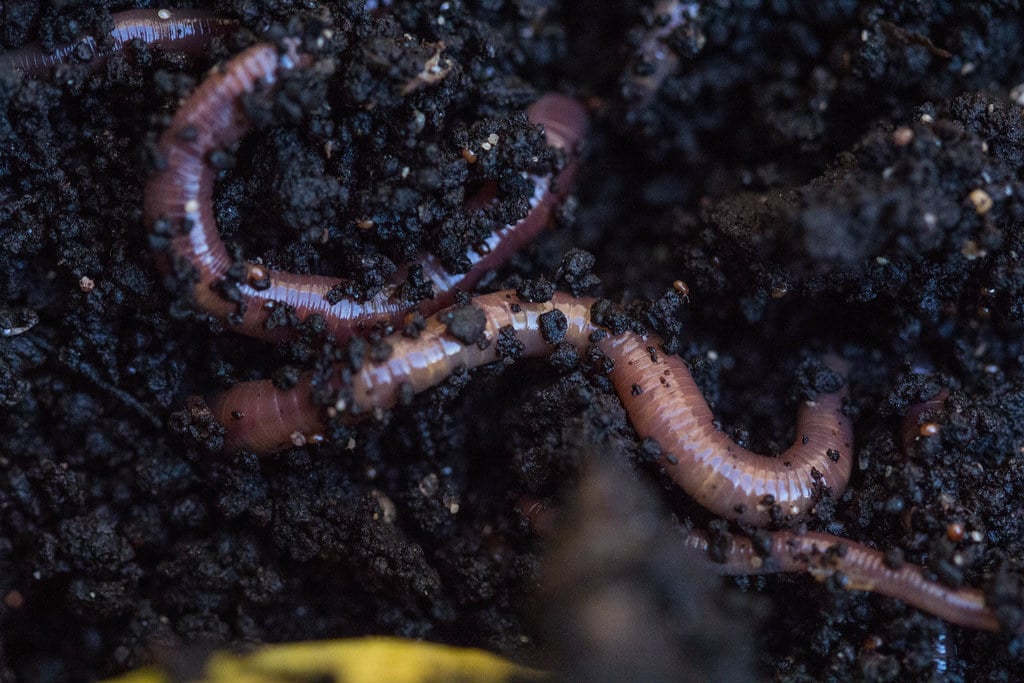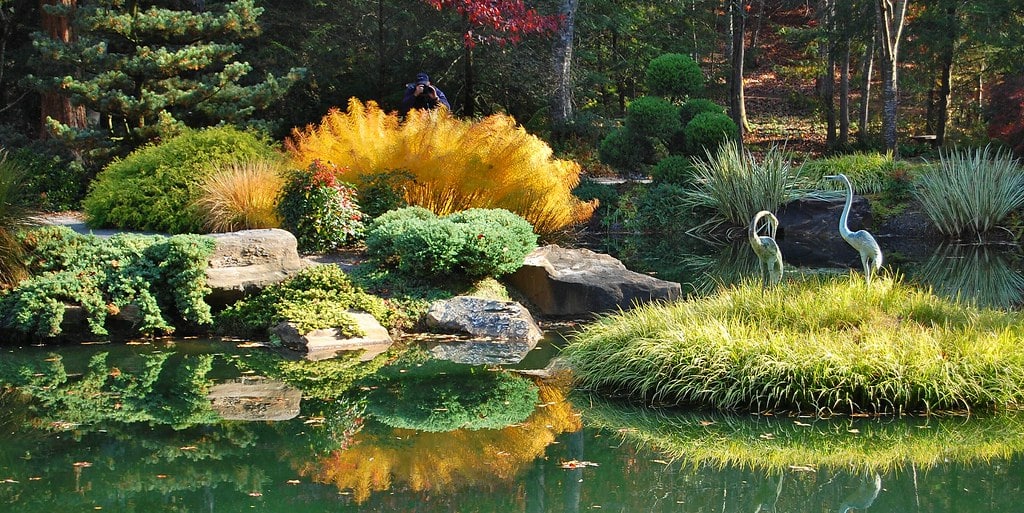Predicting Weather
Students will make a wind vane, anemometer, barometer, and thermometer to measure wind direction, wind strength, air pressure, and temperature. They will collect data from these instruments and use this information to make predictions about the weather that will help inform decisions they make for their garden.


